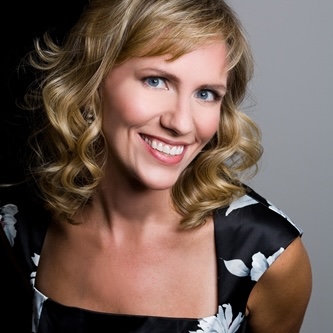Sacred jazz blends faith with jazz’s rich rhythms, tracing roots from African American spirituals to Duke Ellington’s transformative Sacred Concerts.
The jazz trumpeter steps to the microphone. Light outlines his horn. With closed eyes, he begins. The crowd settles, quiet and reflective, as the tune hangs in the air. A saxophone bellows, the bass moans, and the pinpricks of the piano join in with the steady rhythm of the drums. It’s Sunday, the song is “Amazing Grace,” and I am ready to sing. It’s time for church.
Sacred jazz (also known as church jazz or gospel jazz) gained visibility in the 1950s, though its roots are found much earlier in African American spirituals and hymnody, gospel music, jazz standards, and the blues. The first significant sacred jazz work was created as a response to grief. In 1958, Ed Summerlin, a jazz clarinetist, composed a piece for his church using Methodist liturgy to cope with the loss of his infant daughter.
The interweaving of jazz music with sacred text grew in popularity with Duke Ellington’s Sacred Concerts in the ’60s and ’70s. Three sacred concerts premiered successively at Grace Cathedral in San Francisco, Cathedral of St. John the Divine in New York City, and Westminister Abbey in London. Ellington himself regarded these concerts as his best.
Dawn Holt Lauber sings “Joy in the Journey” with Glen Ellyn Covenant Church
My first exposure to sacred jazz was at The Riverside Church of New York City, where I performed for several years as a soloist and in their professional choir. The music we sang each week—the great oratorio works of Bach, Handel, and Mozart—and the inspiring preaching by the Rev. Dr. James Forbes in that magnificent space built by the Rockefellers made for a dream job.
Then Duke Ellington’s Sacred Concerts appeared on our schedule, and my life was changed. Discovering music that combined sacred text with jazz harmonies and syncopated rhythms was transformative. Ellington’s music ignited in me an enduring interest in jazz, both secular and sacred. Come Sunday, which Ellington first performed with the incomparable Mahalia Jackson, remains a favorite song.
Moving with my family to Chicago, I connected with William Russo and the Chicago Jazz Ensemble. Russo needed a classical soprano for some of his compositions. It was an opportunity to sing high Ds and challenging contemporary jazz passages, and still swing with Ellington’s sacred tunes. Russo composed his final work, Jubilatum, for soprano soloist and jazz trumpeter, incorporating Gregorian chant with a big band.
Concert opportunities introduced me to the concept of jazz in worship. One particularly meaningful context was the Sunday evening jazz vespers at Fourth Presbyterian Church, where the transcending power of jazz tunes and hymn settings brought people of different generations, socioeconomic situations, and ethnic groups together in worship.
In an article for the Yale Institute of Sacred Music: Colloquium on Music, Worship and the Arts in 2004, Dr. John Sherer, then Fourth Presbyterian’s music director and organist, responded to these services, saying, “With sacred jazz, everyone gets that this is being offered to the glory of God. What better way to show the joy of the resurrection than people dancing and singing in the aisles? Through jazz, one can truly experience the spirit of God in a vibrant and profound way.”
Other prominent pioneers of sacred jazz include Vince Guaraldi, pianist of the beloved Charlie Brown Christmas album, and pianist and composer Mary Lou Williams. Williams’s first work, Black Christ of the Andes, was in honor of the Peruvian saint, Martin de Porres, and in recognition of sacred jazz used in the Civil Rights movement of the 1960s. “The ability to play good jazz is a gift from God,” she told Ebony Magazine in 1966. “This music is based on the spirituals—it’s our only original American art form—and should be played everywhere, including church. Those who say it shouldn’t be played in church do not understand they are blocking the manifestations of God’s will.”
Sacred jazz has been inspirational for me not only as a singer but also as a songwriter. I am about to hit the recording studio with jazz settings of the Psalms. The beauty, heartbreak, and hope of the Psalms profoundly match the same in jazz music.
It’s the close of the service, and the band and I rise once more to lead the congregation in a joyful rendition of “When the Saints Go Marching In,” with every musician taking a final solo. Let dancing in the aisles begin!
Dive into the soulful world of sacred jazz with this curated playlist featuring iconic artists like John Coltrane and Louis Armstrong.













